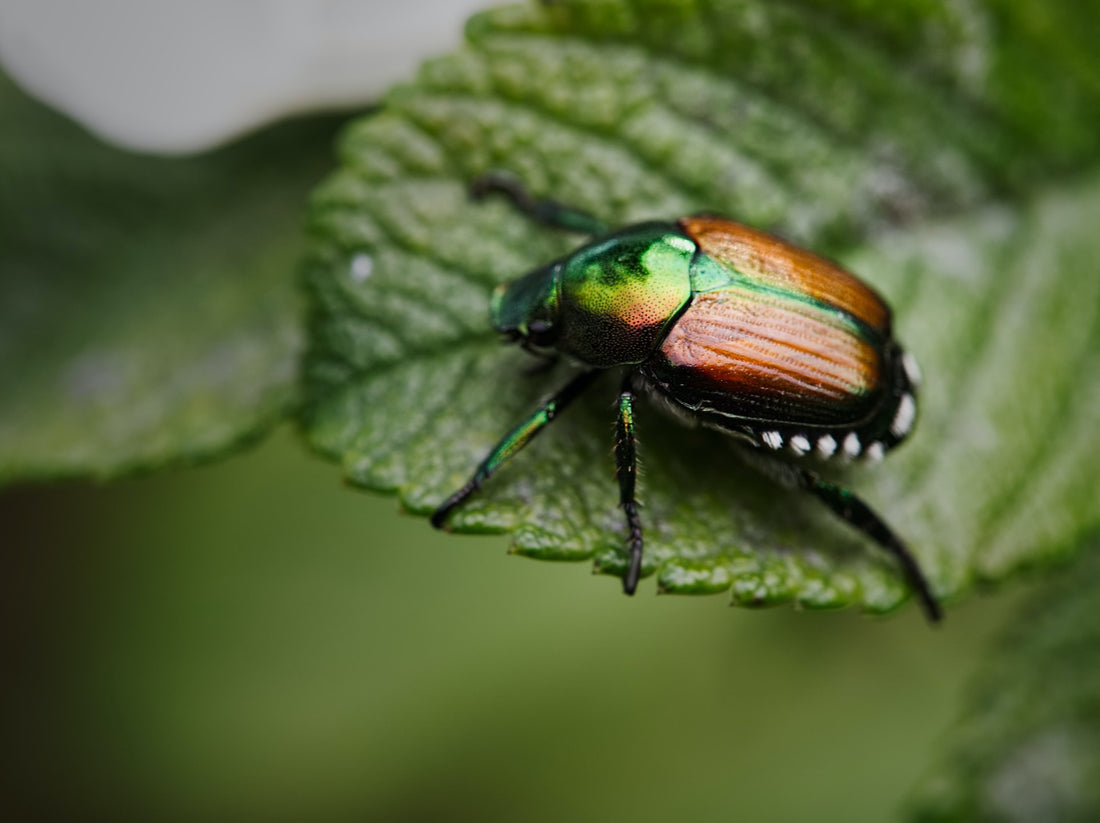5 Ways To Keep Pests Away
Choose Healthy StartsStrong, healthy plants are more likely to withstand a pest infestation. So, if you start with strong seedlings, you'll have more success in bringing your plants to maturity and harvesting.
It is tempting to plant all the seedling starts and not waste any, but weaker seedlings could become targets and, in turn, invite pests to come to have a snack. You can try keeping the weaker specimens in a separate location, possibly in containers, so they can be moved if they start to have problems.
Strong seedling starts are sturdy, compact, and deeply colored. Lanky and pale seedlings are struggling, and once they go into the garden, they will experience a short shock as they adjust to their new surroundings. These two factors combined create the perfect opportunity for pests to jump in.
Be Vigilant
Yes, it's a bit of work, but it doesn't take much time unless you find something. Which, of course, is a good thing so you can nip the issue in the bud. At least once a week (at least!), walk among your plants and really look at them.
Look under the leaves, the most common place for bugs to hide. Check the roots for signs of rot or burrowing insects. It helps to have a magnifying glass for catching teeny bugs; these often get overlooked due to their small stature.
Be careful not to assume all bugs are pests!! Get a common garden pest identification guide and pay attention. You don't want to be killing ladybug larvae or pupae of beneficial insects – these guys eat the pesky bugs making your garden healthier and more pest free.
If you see an infestation or the start of some problematic bugs, treat the situation immediately. Insects have short lives and reproduce rapidly. Just a few days of inattention is an advantage for insects.
Garden Location
Plants that don't receive enough light become thin and weak. Make sure wherever you are planting provides adequate sunlight for the vegetable plants, and they'll be more likely to thrive.
A location without good drainage is also problematic, as many pests love wet, damp conditions. In addition, inadequate drainage harms plant health and growth, and plants will be extra susceptible to problems.
Invest In Your Soil
Healthy soil provides a robust and nutrient-rich environment for plants to grow, which increases their durability and strength. This isn't a quick fix, but over time, it reduces instances of pest issues.
There are several ways to improve your soil, but the first start is to get it analyzed. This is easily done through ag extensions in your county or region for a small fee. Getting soil samples analyzed saves a lot of guesswork, labor, money, and time.
Fence It In
Insects aren't the only common garden pest, unfortunately. Most gardeners also have to contend with deer, raccoons, and other wild animals happy for a tasty meal. Fences or (lightly) electrified barriers keep many common animal pests out, protecting your garden from destruction.
This option does take time, effort, and likely money, to implement. However, done right, the fence system should last for years (or decades), so the trade-off is well worth it. If you're dealing with burrowing animals like groundhogs or voles, don't forget to create a mesh barrier 8-10 inches underground to help stop them.



